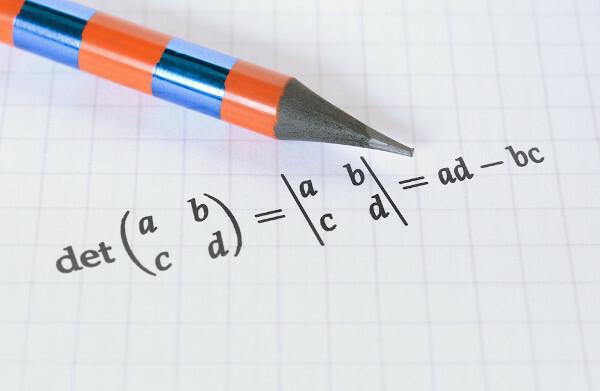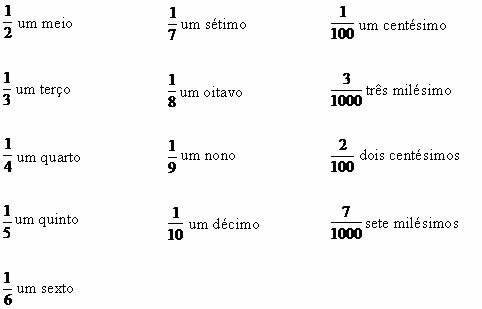One reason is division between two numbers. when two reasons are the same, we say they are proportional and that this is a proportion. The proportions have several properties, one of them is called fundamental property of proportions. This property turns an equality between ratios into an equality between products, and this makes some calculations that depend on proportions much easier. An example of this is the rule of three.
Fundamental property of proportions
a proportion is a equalityin betweenreasons. In turn, a reason is a division between two numbers, which may or may not be measures of some greatness and which may or may not be written in the form of a fraction.
Let's say that the numbers represented by “a”, “b”, “c” and “d” are proportional. The proportion between them, written as a common division, is:
a: b = c: d
Note that the numbers "a" and "d" are extremes of this equality and that the numbers “b” and “c” are in the middle of it. Knowing this, the propertyfundamentalof theproportions is the following statement:
"The product of the extremes is equal to the product of the means"
Therefore, in the above proportion, we have:
a·d = b·c
Generally, the proportions are presented in the form of fraction, then the extremes and the means would take the following positions:
The = ç
b d
Other properties
The proportions must be built following a strict order, however, it is possible to use properties to rearrange the terms of a proportion without changing its result and/or the value of the measures present in it.
1 – Changing the extremes does not change the proportion;
2 – Changing the media does not change the proportion;
3 – Inverting the two ratios does not change the proportion;
4 – Exchanging the two reasons of position in equality does not change the proportion.
Use of the fundamental property of proportions
THE propertyfundamentalof theproportions is very used in rule of three, to find one of the values of a ratio when the other three are known.
Example: let's say a car moves at 60 km/h and travels a distance of 180 km in a given period of time. In the same period, how much would you travel if you were at 80 km/h?
Solution:
First, build the proportion involving these measures:
60 = 80
180 x
As the product of the extremes is equal to the product of the means, we have:
60x = 80·180
60x = 14400
x = 14400
60
x = 240 km.



